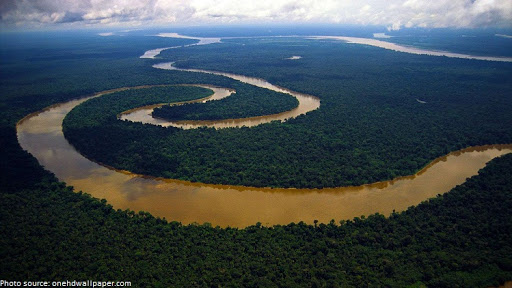21st Century Wire says…
Drone technology doesn’t have to be used exclusively for killing people. Archaeologists are using drones to explore previously hard-to-reach locales and making some interesting discoveries.

Due to the dry and remote landscape of the Sahara Desert, traditional archaeological expeditions have been hard to carry out.
The Garamantian civilization existed in what is today’s Southern Libya at around 1000B.C. and satellite imagery has discovered ‘158 major settlements, 184 cemeteries, 30 square kilometers of fields, plus a variety of irrigation systems’.

The dense and dangerous terrain of the Amazon has also provided similar challenges. Drones are being used to navigate through the thick Amazonian rainforest and are equipped with technology to analyse the distribution of plants, which can indicate human farming. The very composition of today’s Amazon is thought to have been greatly influenced by human activity, which is contrary to radical, Malthusian environmental rhetoric.
Follow us here: http://twitter.com/21WIRE
Drones and satellites spot lost civilizations in unlikely places
What do the Sahara desert and the Amazon rainforest have in common? Until recently, archaeologists would have told you they were both inhospitable environments devoid of large-scale human settlements.
But they were wrong. Here today at the annual meeting of the AAAS (which publishes Science), two researchers explained how remote sensing technology, including satellite imaging and drone flights, is revealing the traces of past civilizations that have been hiding in plain sight.
“Although [the Amazon and Sahara] seem so different, a lot of the questions are actually very similar,” says David Mattingly, an archaeologist at the University of Leicester in the United Kingdom. He studies a culture known as the Garamantes, which began building a network of cities, forts, and farmland around oases in the Sahara of southern Libya around 1000 B.C.E.
The civilization reached its peak in the early centuries of the Common Era, only to decline after 700 C.E., possibly because they had tapped out the region’s ground water, Mattingly explains…
Continue reading the full story on ScienceMag
READ MORE ANCIENT HISTORY AT: 21st Century Wire Ancient History Files















